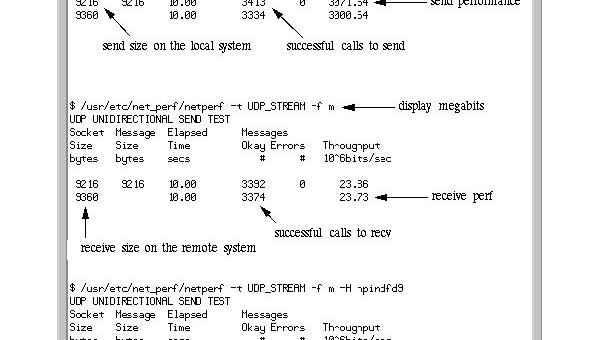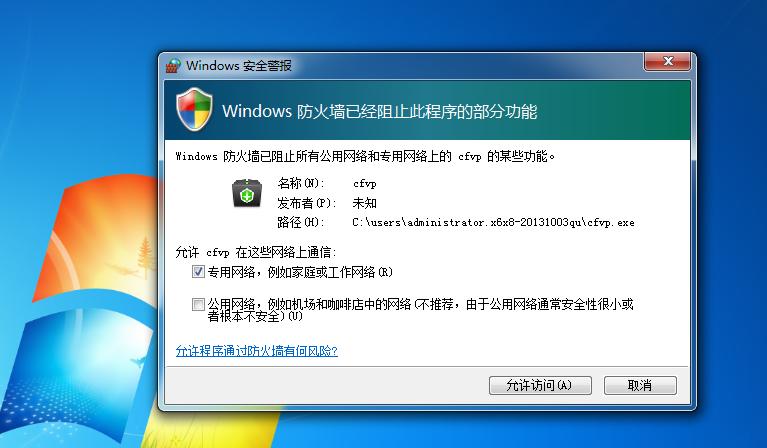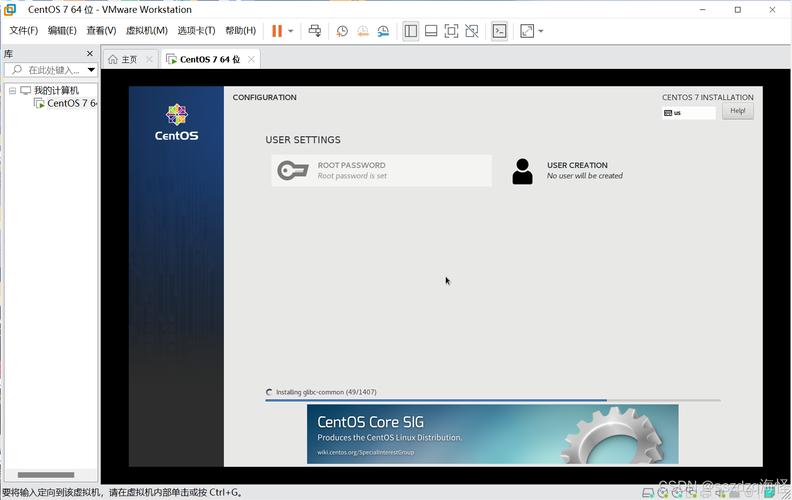Map怎么实现按单个或多个Value排序
本篇内容主要讲解“Map怎么实现按单个或多个Value排序”,感兴趣的朋友不妨来看看。本文介绍的方法操作简单快捷,实用性强。下面就让小编来带大家学习“Map怎么实现按单个或多个Value排序”吧!
Map可以先按照value进行排序,然后按照key进行排序。 或者先按照key进行排序,然后按照value进行排序,这都是可以的。
并且,大家可以制定自己的排序规则。
按单个value排序:
import java.util.Collections;import java.util.HashMap;import java.util.LinkedHashMap;import java.util.Map; import static java.util.Map.Entry.comparingByValue;import static java.util.stream.Collectors.toMap; public class SortTest { public static void main(String[] args) throws Exception { // 创建一个字符串为Key,数字为值的map Map<String, Integer> budget = new HashMap<>(); budget.put("clothes", 120); budget.put("grocery", 150); budget.put("transportation", 100); budget.put("utility", 130); budget.put("rent", 1150); budget.put("miscellneous", 90); System.out.println("排序前: " + budget); // 按值排序 升序 Map<String, Integer> sorted = budget .entrySet() .stream() .sorted(comparingByValue()) .collect( toMap(Map.Entry::getKey, Map.Entry::getValue, (e1, e2) -> e2, LinkedHashMap::new)); System.out.println("升序按值排序后的map: " + sorted); // 按值排序降序 sorted = budget .entrySet() .stream() .sorted(Collections.reverseOrder(comparingByValue())) .collect( toMap(Map.Entry::getKey, Map.Entry::getValue, (e1, e2) -> e2, LinkedHashMap::new)); System.out.println("降序按值排序后的map: " + sorted); }}按多个value排序:
data = data.stream().sorted(Comparator.comparing(o -> { StringBuffer key = new StringBuffer(); fieldList.stream().forEach((a)-> { key.append(o.get(a)+""); }); return key.toString();} )).collect(Collectors.toList());下面的代码中,首先按照value的数值从大到小进行排序,当value数值大小相同时,再按照key的长度从长到短进行排序,这个操作与Stream流式操作相结合。
/** * Map按照整数型的value进行降序排序,当value相同时,按照key的长度进行排序 * * @param map * @return */ public static LinkedHashMap<String, Integer> sortMap(Map<String, Integer> map) { return map.entrySet().stream().sorted(((item1, item2) -> { int compare = item2.getValue().compareTo(item1.getValue()); if (compare == 0) { if (item1.getKey().length() < item2.getKey().length()) { compare = 1; } else if (item1.getKey().length() > item2.getKey().length()) { compare = -1; } } return compare; })).collect(Collectors.toMap(Map.Entry::getKey, Map.Entry::getValue, (e1, e2) -> e1, LinkedHashMap::new)); }补充:对Map中的Value进行降序排序,当Value相同时,按照Key降序排序
package com.ethjava;import java.util.*;public class mappaixu1 { public static void main(String[] args){ Map<Integer,Integer> hashMap=new HashMap<Integer, Integer>(); hashMap.put(1,10); hashMap.put(5,7); hashMap.put(2,9); hashMap.put(3,7); hashMap.put(3,6);//key是不可重复的,当这里再次输入Key=3时的,将会覆盖掉前面的(3,7) hashMap.put(4,7); //遍历 for(Map.Entry<Integer,Integer> e:hashMap.entrySet()){ System.out.println("Key: "+e.getKey()+"对应的Value: "+e.getValue()); } //Key: 1对应的Value: 10 //Key: 2对应的Value: 9 //Key: 3对应的Value: 6 //Key: 4对应的Value: 7 //Key: 5对应的Value: 7 //这里为什么自动按照key升序排序输出???为什么 // 某梦说,这里是因为凑巧正序输出,hashMap输出相对于输入是无序的。 //下面按照Value进行倒序排列 ArrayList<Map.Entry<Integer,Integer>> arrayList=new ArrayList<Map.Entry<Integer, Integer>>(hashMap.entrySet()); Collections.sort(arrayList,new Comparator<Map.Entry<Integer,Integer>>(){ @Override public int compare(Map.Entry<Integer,Integer> o1,Map.Entry<Integer,Integer> o2 ){ //按照Value进行倒序,若Value相同,按照Key正序排序 //方法1:return o2.getValue() - o1.getValue(); //方法2:return o2.getValue().compareTo(o1.getValue());//对于Integer,String都是可以应用的 //按照Value进行倒序,若Value相同,按照Key倒序排序 int result = o2.getValue().compareTo(o1.getValue()); //方法学习:public int compareTo( NumberSubClass referenceName ) //referenceName -- 可以是一个 Byte, Double, Integer, Float, Long 或 Short 类型的参数。 //返回值:如果指定的数与参数相等返回0。 // 如果指定的数小于参数返回 -1。 //如果指定的数大于参数返回 1 if(result!=0){ return result;//即两个Value不相同,就按照Value倒序输出 }else{ return o2.getKey().compareTo(o1.getKey());} //若两个Value相同,就按照Key倒序输出 } }); //这里arrayList里的顺序已经按照自己的排序进行了调整 for(int i=0;i<arrayList.size();i++){ System.out.println(arrayList.get(i)); //方法一和方法二输出: //1=10 //2=9 //4=7 //5=7 //3=6 //当按照Value倒序排序,但是当Value相同时,按照Key顺序正序排序 //方法二 //1=10 //2=9 //5=7 //4=7 //3=6 //当按照Value倒序输出,但是当Value相同时,按照Key倒序输出 } for(Map.Entry<Integer,Integer> e:hashMap.entrySet()){ System.out.println(e); //1=10 //2=9 //3=6 //4=7 //5=7 //这里表明hashMap中存取的内容顺序并没有进行任何改变,改变的是arrayList里的内容的顺序 } }}到此,相信大家对“Map怎么实现按单个或多个Value排序”有了更深的了解,不妨来实际操作一番吧!这里是恰卡编程网网站,更多相关内容可以进入相关频道进行查询,关注我们,继续学习!
海报
18






